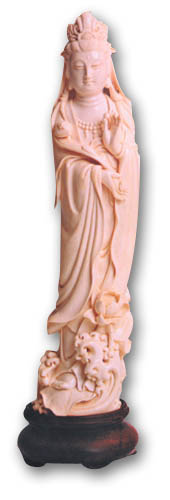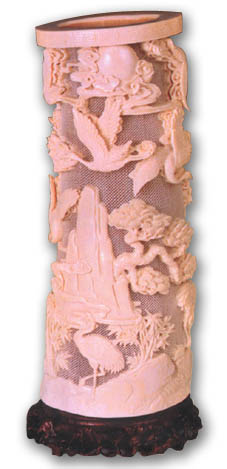| Art Q&A > Crafts |
|
|
Tooth Carving
Tooth carving, one of traditional Chinese cultural essences, is an important part of China's industrial arts. Tooth carving has a long history in China. As early as the Paleolithic Age, Shandingdong people living in Zhoukoudian Village carved decorative articles out of ivory and used them as burial articles.
The carving themes generally cover those Chinese folk tales, finished in traditional carving technique. Miniature ivory carving is another kind of sculpture. Artists can carve Chinese characters, painting, figures, scenery on a very small piece of ivory at the size of a grain of rice, full of interest, dignified layout and smooth line, trees and mountains complement with each other, vivid action of the figure, tiny but pretty, one can suddenly sense the simple and natural air.
|
||||||
All rights reserved. Reproduction of text for non-commercial purposes is permitted provided that both the source and author are acknowledged and a notifying email is sent to us. |
||||||
 |

